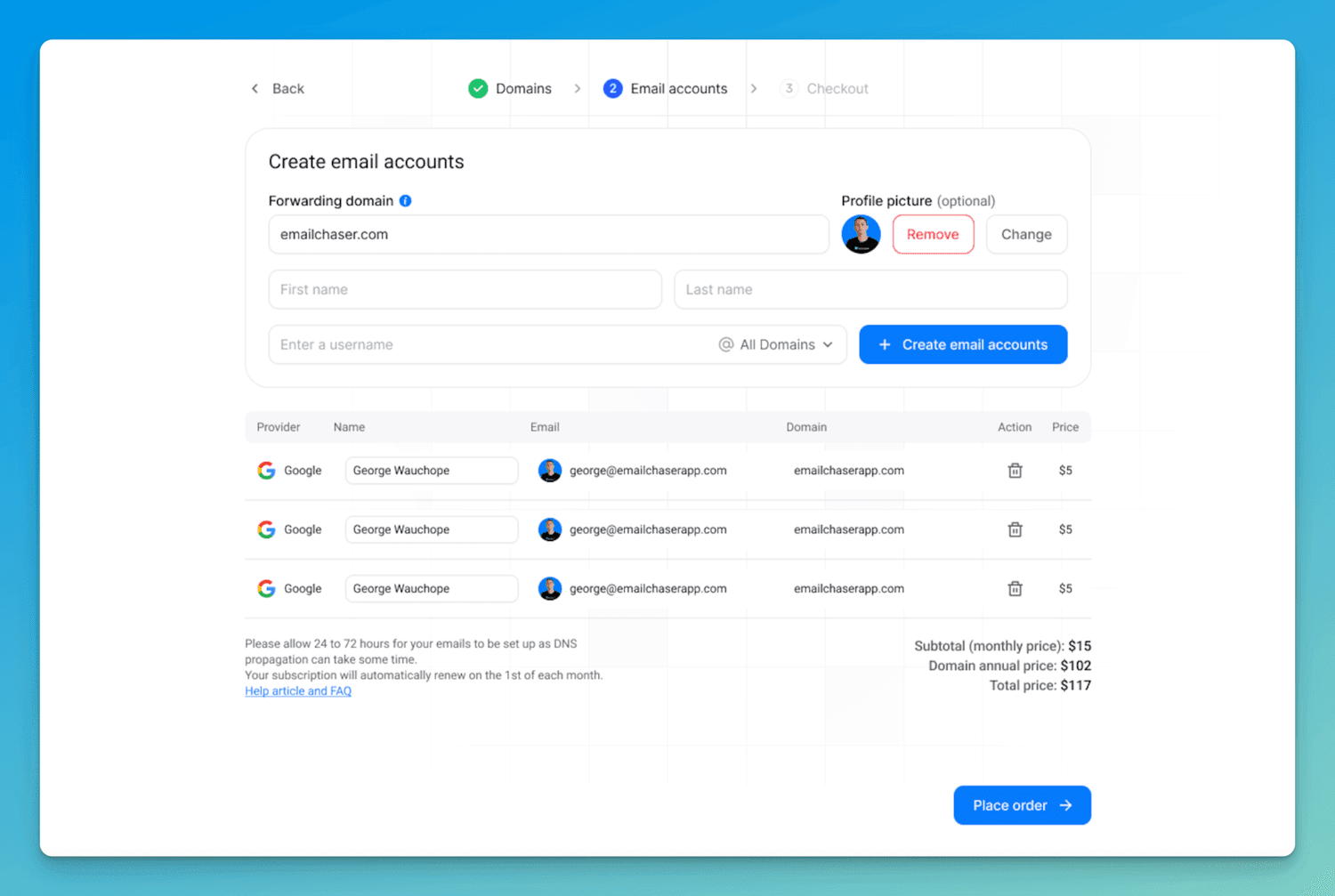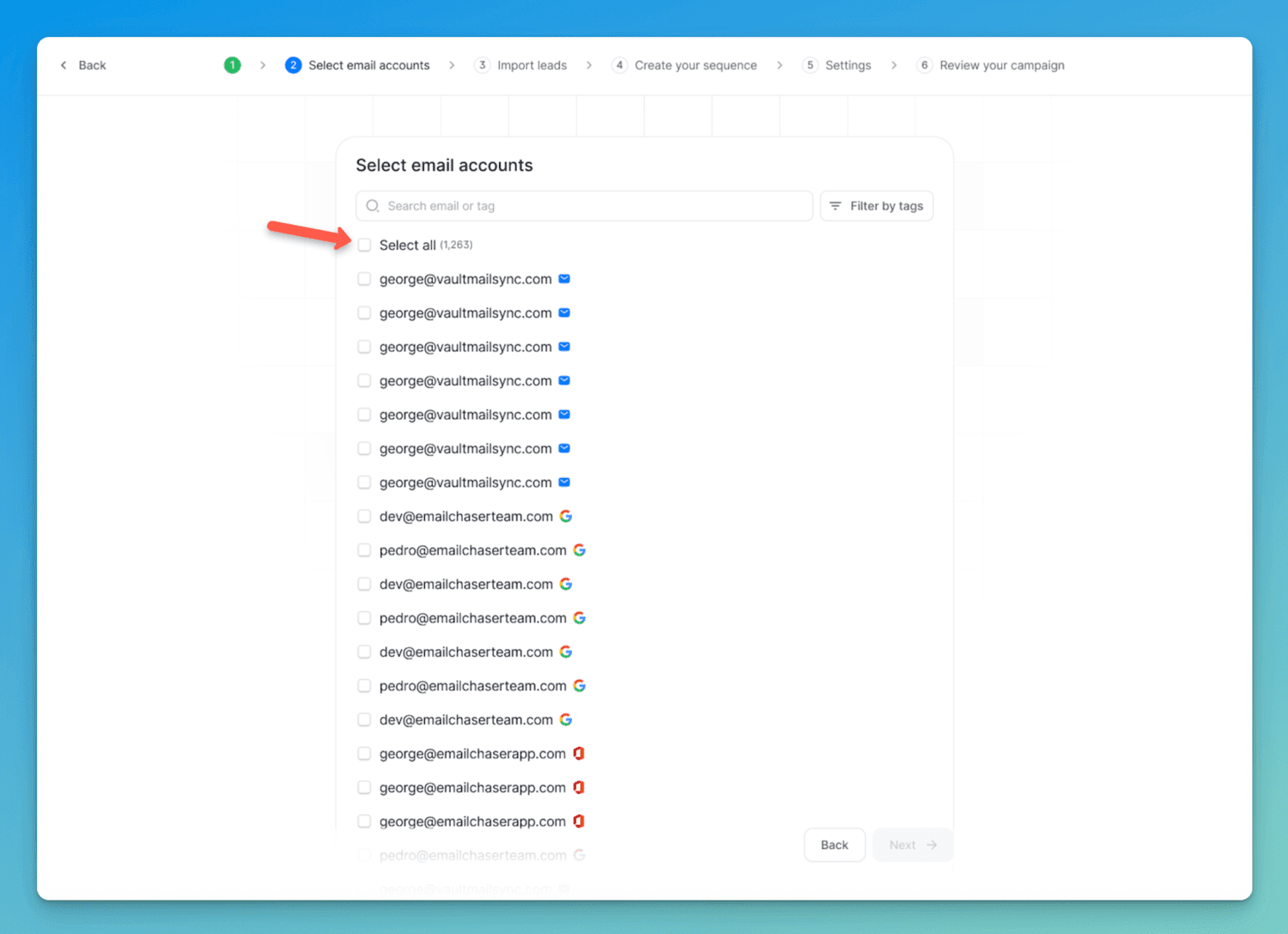What Is The Best Way To Send Cold Emails?
Updated December 2025
Cold email is different from other types of email.
This means that you need to send your cold emails in a specific way if you want to land in the primary inbox and receive responses.
In this article, I’ll show you the best way to send cold emails:
- What is cold email?
- How is cold email different from other types of email?
- What is the best way to send cold emails?
- Do you need to use cold email software?
What is cold email?
A cold email is when you send an unsolicited email to someone that you have not previously had contact with.
Cold emails are usually sent in the context of B2B sales.
For example, if you are selling an enterprise SaaS product to hospitals, then you would want to make a list of hospital directors in your area, and send them all personalized cold emails.
A cold email is supposed to be personalized one-to-one communication (not spam). You want to make your cold email look like it was written just for that one recipient.
You should only send cold emails to business email addresses (like [email protected]); it's usually a bad idea to send cold emails to personal email accounts (like @gmail.com) - the only exception is when you are contacting small local businesses who often only have personal email accounts.
How is cold email different from other types of email?
Cold email is different to other types of email primarily because it is one-to-one communication.
Each cold email that you send should look personalized for that particular recipient.
This is very different from other types of email which often are not personalized.
For example, transactional emails are not personalized, as everyone receives the same email. An example of a transactional email is when you sign up for an account with an online service (like Facebook) and you then need to verify your email address. The verification email that you receive from Facebook is a transactional email, often sent from an SMTP provider, such as SendGrid or Mailgun.
I wrote an article that explains why you should never use an SMTP provider to send cold emails.
Another example of an email type that is different from cold email is newsletter email. Newsletter emails are sent to subscribers that opted into a newsletter’s email list. This is fundamentally different to cold emails that are unsolicited.
I wrote another article that explains why you should never send cold emails from newsletter software like Mailchimp.

To summarize the difference between a cold email and other types of email:
A cold email should look like personalized one-to-one communication. When the recipient receives your email, it should appear in their inbox like an email that they received from one of their work colleagues. It should land in their primary inbox (not their promotions, social or spam folders).
If you send cold emails using an SMTP provider or newsletter software, then you'll have two issues:
- Your emails are more likely to land in spam or the promotions tab.
- Your emails will not look like they were sent by a real person, since the recipient will see that they were sent "via Mailchimp" (for example) in the "From" section of the email. This will cause you to receive less replies because in the context of B2B sales, people only reply if they think you're a real person who is reaching out just to them (not blasting the same email to thousands of people).
What is the best way to send cold emails?
The best way to send cold emails is by creating professional email accounts with Gmail (Google Workspace) and/or Outlook (Microsoft 365).
You should do this for the following reasons:
- Your emails are more likely to land in the primary inbox since Google and Microsoft have the most trusted email servers.
- Your recipients will be more likely to reply since it will look like you manually emailed them (it won't say "Sent via Mailchimp" or "Sent via SendGrid" in the "From" section of your emails).
The easiest way to set up professional Google Workspace email accounts for cold email is by ordering them through Emailchaser's "Done-for-you setup" service.

Do you need to use cold email software?
If you only have one email account, and you are manually sending cold emails, then you don't need to use cold email software.
However, if you have dozens or hundreds of email accounts, and you want to scale your sending volume, then you need to use a cold email sequencer (like Emailchaser) that has "inbox rotation".
Sending a high volume of emails from a single email account will cause your emails to go to spam. The way to scale without going to spam is by connecting multiple email accounts to the same campaign, and then automatically rotating the sending between the connected accounts; this ensures each email account is sending a low daily volume, but the overall volume is high.

Final thoughts
The best way to send cold emails is from a professional Gmail (Google Workspace) or Outlook (Microsoft 365) account.
You should connect your email accounts to a cold email sequencer tool (like Emailchaser) so that you can use "inbox rotation"; this will allow you to scale your sending volume without going to spam.
Now that you know how to send cold emails, you should spend some time thinking about what to say. I recommend that you read my article How To Write A Cold Email.
Article by
George Wauchope
Founder of Emailchaser.
I have been working in the sales & marketing industry for nearly a decade.
When I’m not working on my business, I enjoy eating sushi & doing jiu-jitsu.
About the author
Address: 151 Calle de San Francisco San Juan, Puerto Rico
Email: [email protected]
© Copyright 2025 Emailchaser